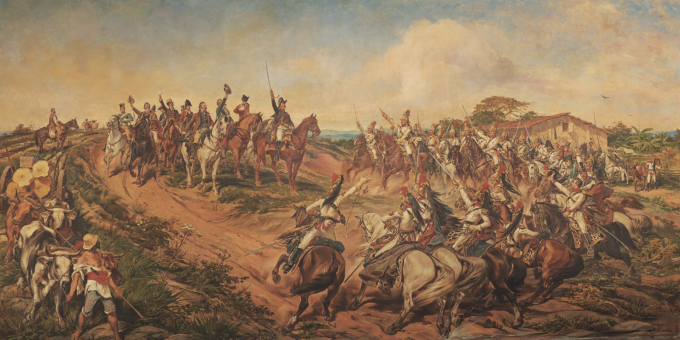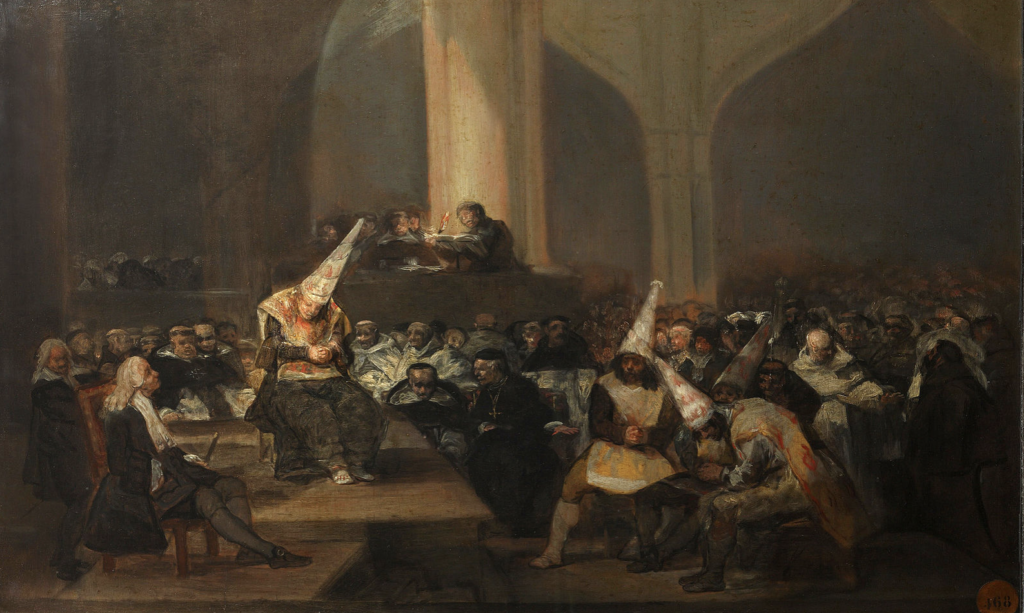
Perhaps you need to write a history essay for class, or you want to write a history essay for publication. There is no need to make the process of essay writing difficult.
If you plan your essay step-by-step, you may find it enjoyable.
But first, what is history?
History is the study of the human past, focusing on the events, institutions, and individuals that have shaped the course of human civilization. Historians use a variety of sources to examine the past, including written documents, oral histories, archaeological evidence, and artwork.
Why is history important? Because it helps us understand the present. It provides us with a framework for understanding why things are the way they are. It gives us a deeper understanding of the complex social, political, and economic systems that govern our lives.

Types of History Essays
Before you begin planning your essay, you need to know the different types of history essays you can choose from.
Traditional, thesis-driven essay. For this essay, you argue a point, using evidence to support your argument.
Comparative essay. This type of essay compares and contrasts two or more historical events or figures.
Cause and effect essay. Here you analyze the causes and effects of a historical event.
Historiographical essay. Analyze how historians have interpreted a particular historical event or figure.
Memoir essay. Use your own experiences to illustrate a point about history.

Choosing a Topic for Your History Essay
Choosing a topic for your history essay can be a daunting task. There are many interesting and important topics to choose from, so how do you decide which one is right for you? Here are a few tips to help you get started:
1. Choose a topic that interests you.
When you are interested in a topic, it is easier to research and write a good paper. First, choose a topic that you find exciting and want to learn more about.
2. Choose a topic that has plenty of sources available.
It is crucial to have plenty of sources to choose from when researching. I can’t stress this enough: you need to select a topic with many published sources available. Aiming for an obscure subject will increase the length of time it will take to write your essay.
3. Choose a topic that can be completed in the time you have.
Some topics are more time-consuming than others. Make sure you choose a topic that you can complete in the time you have available.
Write a Thesis Statement
A thesis statement is the brief articulation of your paper’s argument. It is a statement of the argument you are making, not the argument itself.
For example, suppose you are writing an essay on the Spanish Inquisition. In that case, your thesis statement might be something like, “The Spanish Inquisition murdered more Jews and Muslims than women practicing remnants of Pagan traditions.” Your thesis statement should be specific and argue a point.
If you are having difficulty formulating a thesis statement, try focusing on the question you are trying to answer. For example, you can ask what groups were targeted by the Spanish Inquisition.
Your thesis statement should be at the beginning of your paper. It should be clear and concise, and it should stand alone as an argument.

Researching Your Topic
Once you’ve decided on a topic, it’s time to do some background research. This includes reading books, articles, and other sources on your topic.
Take detailed notes as you read to refer back to them later.
Primary sources are essential for history essays because they provide first-hand accounts of events. This could include documents like letters, speeches, court cases, or objects like artifacts or art.
Once you’ve gathered your sources, it’s important to analyze them critically. This means asking questions like who wrote the source, when was it written, and why was it written? You should also consider the author’s point of view and how reliable they are.
Structure Your History Essay
There is no one way to structure a history essay, but some standard formats are often used.
One standard structure is to have an introductory paragraph in which you introduce your topic and give some background information, followed by several paragraphs in which you discuss different aspects of the topic, and then a conclusion in which you summarize your argument.
Another typical structure is to have a paragraph discussing the question or topic of the essay, followed by several paragraphs discussing different aspects of the question, and then a conclusion.
You can also structure your essay according to the type of question it is answering. For example, suppose you are discussing a particular event or person. In that case, you might structure your essay in chronological order, covering each event or development in the person’s life one at a time.
If you compare two events or persons, you might explain the similarities and differences between them.
No matter how you structure your essay, it is important to make sure that your argument is clear and that your points are supported by evidence.

